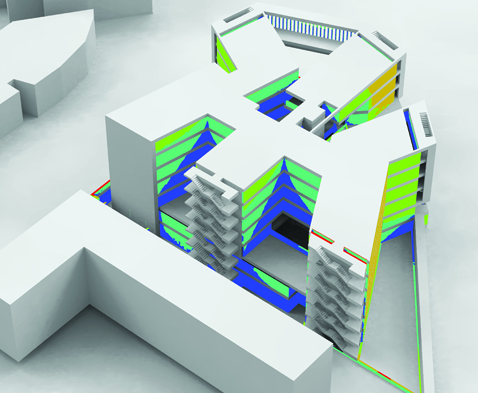Strategic Management (MGT 60703)
Expectations:
Study many real business situations
• Practice the core planning tools
• Struggle with figuring out what to do
• Be prepared to participate in planning for your
own firms
• Be prepared to do the work to earn above
average returns
About the Module:
Part 1: Strategic Planning
– Strategic Management in the Design and
Construction Value System
• Part 2: E-Business Strategies
– E-Commerce and the Internet in Real Estate and
Construction
– Strategic Management in the Design and
Construction Value System
• Part 2: E-Business Strategies
– E-Commerce and the Internet in Real Estate and
Construction
Case Method: Class Discussions
- Usually the instructor will have a structure to guide the discussion
- Talk about the issues and choices
- Discuss with your classmates
- Sometimes there is a consensus
- Sometimes you can find out what happened, sometimes not.
What I have learnt by studying case methods is it is often messy due to the amount of information and there is often no right answer. However it is really helpful as it helps us deal with real life situations
Assignment (Individual)
The assignment contributes to 50% of the overall marks. We had to come up with an article on how to produce a good vision and statement. And then based on this we were to evaluate a mission statement of a company and come u with improvements for this statement.
In Part B, students were to asses the competitive advantage of a developer company using the Porters 5 forces model. Next,market segmentation for a development next to KLCC had to be derived to find a development best suited for this piece of land.
Porters 5 Forces
Assignment (Group)
The assignment contributes to 50% of the overall marks. Each group had 4 students and we assumed we are directors of a QS consultancy which has 50 chartered surveyors.
In Part A, we had to define BIM and discuss how BIM can give competitive advantage to our QS company.
In Part B we had access our companies competitive advantage in the industry and derive strategies to gain a better competitive position in the industry.
Part C required us to define Public Private Partnership (PPP) and Private Finance Initiative (PFI) and discuss the advantages/ diadvantages of each towards Malaysia. We would then need to advice the government on what is the what is the precautionary steps needed before award a PPP / PFI project.


















